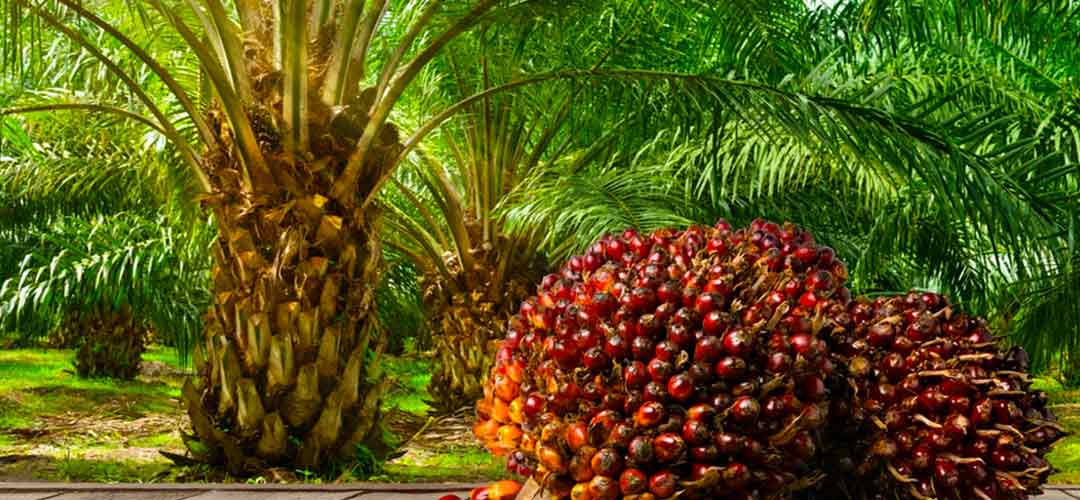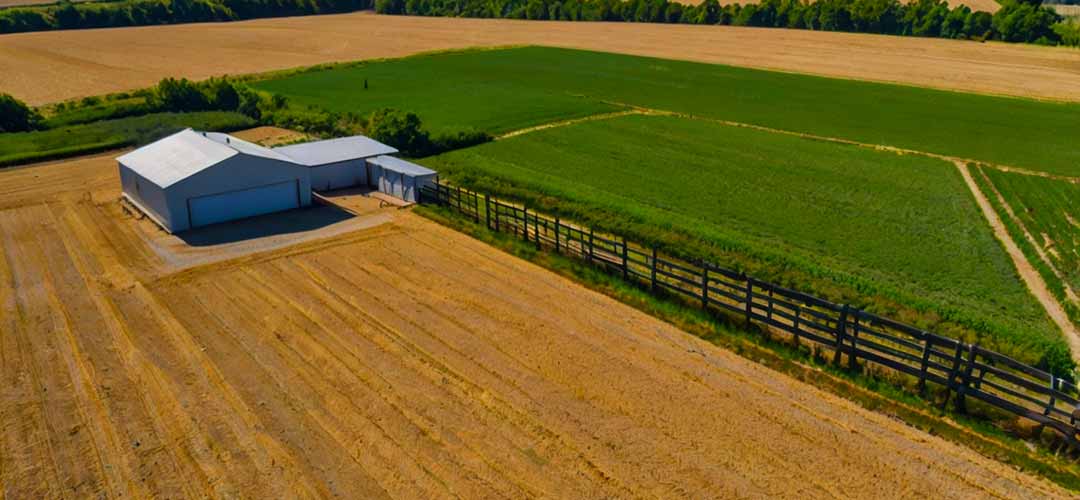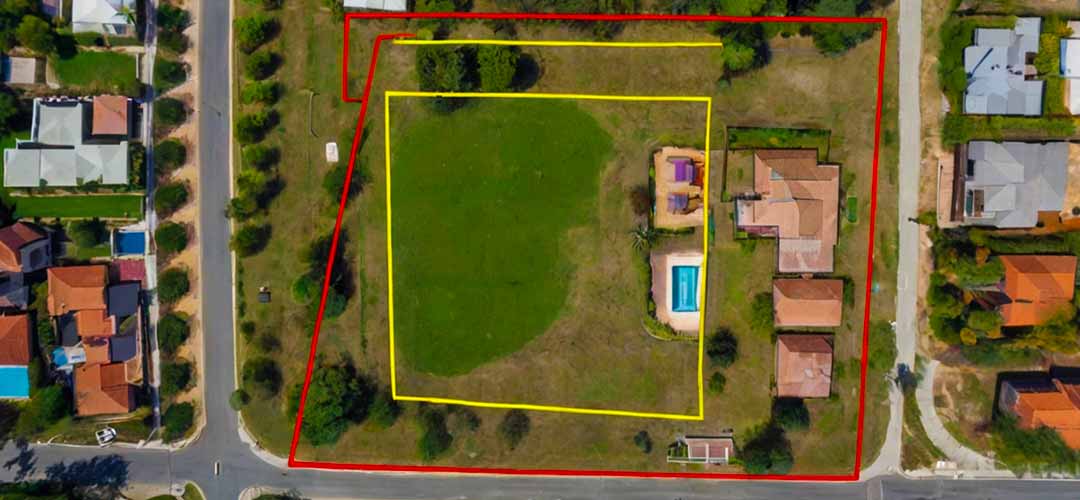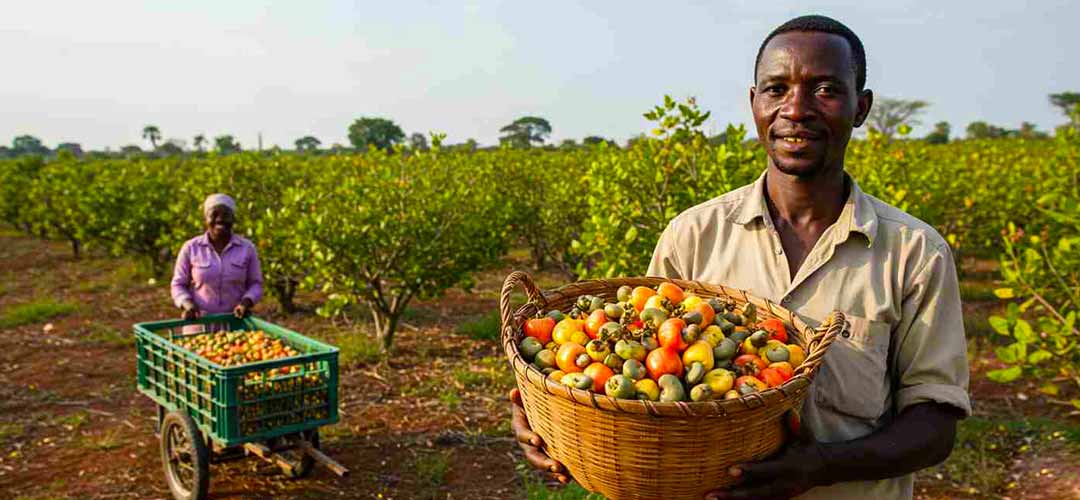How Much Can You Really Earn from a 1–10 Acre Oil Palm Farm in Nigeria?

Oil palm remains one of Nigeria’s most profitable long-term agricultural investments. With rising demand for palm oil locally and globally, many investors are now asking: “How much can I make from 1 to 10 acres of oil palm farming?”
This blog breaks down the startup costs, timelines, yield expectations, revenue potential, and what to expect across different farm sizes. Whether you’re just starting with one acre or scaling to ten, this is your practical guide to oil palm farming success in Nigeria.
Why Oil Palm Is One of Nigeria’s Most Profitable Tree Crops
Nigeria consumes more palm oil than it produces—creating a massive gap in the market. From food to cosmetics and biofuel, the applications are broad. Local prices continue to rise, especially during the dry season when supply drops.
With hybrid varieties from research institutions like NIFOR, trees begin fruiting within 3–4 years and remain productive for up to 30 years. For investors who want stable, long-term cash flow, oil palm remains one of the best options.
What It Takes to Start Oil Palm Farming
To cultivate oil palm, you’ll need land, improved seedlings, and consistent maintenance. The best-performing states include Ondo, Edo, Delta, Cross River, Rivers, Akwa Ibom, Bayelsa, Ogun, Osun, and Abia. These areas offer the right rainfall, humidity, and soil type for optimal growth.
If you’re not starting with your own land, farmland in these regions ranges between ₦500,000 to ₦800,000 per acre, depending on accessibility. Land preparation—including clearing, harrowing, and pegging—costs between ₦40,000 to ₦70,000 per acre.
For planting, you’ll need 55–60 trees per acre, spaced at 9m by 9m. Improved tenera seedlings cost ₦700–₦1,000 each, totaling about ₦40,000–₦50,000 per acre.
How Much Can You Harvest and Earn?
Oil palm takes 3–4 years to begin producing. Full maturity is reached between year 5 and year 8. Here’s what to expect:
In early years, yields range from 400–600 litres of crude palm oil (CPO) per acre.
Mature plantations can produce 800–1,000 litres or more per acre annually.
Prices fluctuate between ₦1,200 and ₦1,600 per litre of palm oil, depending on market conditions.
So, a 1-acre farm producing 800 litres at ₦1,500 per litre can generate ₦1.2 million in annual revenue. Multiply this across 5 or 10 acres, and you’re looking at ₦6 million to ₦12 million in gross revenue yearly from mature oil palm farms.
Costs to Consider
Running an oil palm farm involves both initial and recurring expenses:
Initial (Per Acre):
Land Clearing and Preparation: ₦45,000–₦70,000
Seedlings: ₦40,000–₦50,000
Planting Labour: ₦20,000
Organic or NPK Fertiliser: ₦30,000
Farm Tools and Miscellaneous: ₦25,000
Total Estimate: ₦160,000–₦200,000 per acre
Annual Recurring (After Maturity):
Weeding and Maintenance: ₦25,000–₦40,000
Fertiliser: ₦20,000–₦30,000
Harvesting Labour: ₦15,000–₦25,000
Transportation and Marketing: ₦20,000–₦30,000
Annual OPEX: ₦80,000–₦120,000 per acre
How Profitable Is Oil Palm Farming?
Using conservative estimates:
Revenue per acre (mature): ₦1.2 million
Cost per acre: ₦100,000
Net profit per acre: ₦1.1 million
Net profit for 5 acres: ₦5.5 million
Net profit for 10 acres: ₦11 million
Even after including startup and recurring costs, investors typically break even by year 4–5. From that point on, the farm continues producing high returns for decades with minimal input.
What Can Affect Your Profit?
Like all farming ventures, oil palm has risks. These include:
Poor seedling selection or planting errors
Inadequate fertilisation or weeding
Delayed harvesting or processing
Pest and disease outbreaks (manageable with good practices)
Poor market access or lack of local buyers
Partnering with an experienced team can significantly reduce these risks.
How to Maximize Returns from Oil Palm
Use hybrid Tenera seedlings for early maturity and higher oil content
Irrigate during the dry season to reduce fruit loss
Mulch around palm bases to retain moisture
Set up mini-processing mills or partner with local processors
Lease inter-row space in early years for vegetable cultivation (extra income)
How Newwine Realty Limited Helps You Succeed
At Newwine Realty Limited, we support investors across the entire farming journey—from land acquisition and farm setup to planting and full farm management.
We:
Provide access to vetted oil palm farmland in top-producing states
Supply improved, high-yielding seedlings
Connect you to trained agronomists and reliable labour
Offer farm setup and ongoing supervision
Support your harvest with local and export market access
Whether you want to own a single acre or scale up to 10 acres or more, we’re your trusted partner.
Ready to Start Your Oil Palm Investment?
The best time to plant a tree was 20 years ago. The second-best time is now.
Visit www.newwinerealty.com.ng to speak to an advisor and claim your share of Nigeria’s future in oil palm.





